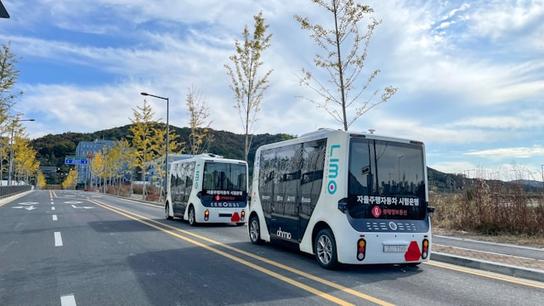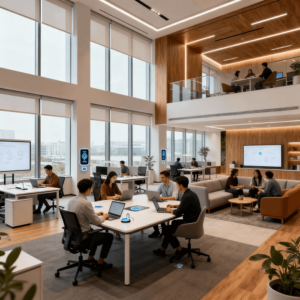According to McKinsey & Company, global investment in mobility technology is set to surpass $400 billion annually by 2030, signaling a rapid evolution in how we travel, transport goods, and connect cities. From autonomous vehicles to AI-powered traffic systems, the way we move is changing faster than ever before, and the ripple effects touch nearly every aspect of modern life.

Smarter Navigation Through AI
Gone are the days when GPS devices simply offered turn-by-turn directions. Today’s AI-driven navigation platforms use real-time data, machine learning, and predictive analytics to anticipate traffic jams before they form, recommend alternate routes based on evolving conditions, and even suggest stops for optimal fuel efficiency.
These systems aren’t just for drivers, public transport operators, logistics companies, and urban planners all rely on AI to streamline routes, reduce congestion, and lower emissions.

The Rise of Autonomous Mobility
Self-driving technology has moved from science fiction into the testing lanes of major cities. Using sensors, LIDAR, and computer vision, autonomous vehicles can interpret their surroundings, make split-second decisions, and coordinate with other smart systems on the road.
While full autonomy for consumer cars is still in development, features like adaptive cruise control, lane-keeping assist, and automatic emergency braking have already become common, quietly reshaping how we drive.
Advanced Transportation Logistics
Behind the scenes, technology is also revolutionizing how we move goods and personal vehicles. For instance, specialized logistics solutions now use IoT sensors, GPS tracking, and AI scheduling tools to move vehicles securely and efficiently. If someone needs vehicle transportation in Georgia, modern platforms can optimize pickup and delivery routes, monitor cargo conditions in real time, and provide precise arrival estimates, all while minimizing environmental impact through route efficiency.
Connected Public Transit Systems
Public transport is embracing connectivity in ways that were unimaginable a decade ago. Buses and trains are now equipped with real-time tracking, allowing commuters to see exact arrival times and delays through mobile apps. Dynamic scheduling, powered by AI, adapts routes based on passenger demand, making systems more efficient and responsive. Some cities are experimenting with “on-demand buses,” blending the flexibility of ride-sharing services with the cost efficiency of public transit.
Sustainable Travel at Scale
Technology is also helping to address the urgent challenge of sustainability in transportation. Electric vehicles (EVs) are becoming more affordable, with AI-enhanced charging networks that predict optimal charging times to reduce strain on the power grid. Meanwhile, urban mobility solutions like shared e-scooters and bike-sharing platforms are easing short-distance travel without adding to congestion.
The 21st century’s transportation revolution is being defined by speed, intelligence, and sustainability. As 5G networks expand and vehicle-to-vehicle (V2V) communication becomes mainstream, our roads will evolve into interconnected systems where cars, buses, bikes, and even pedestrians share data to move more safely and efficiently.
This future won’t just change how we get from point A to point B; it will redefine the very concept of mobility, making it smarter, greener, and more human-centered than ever before.
More on TechInDeep:
- Brad Palmer connecticut – What is his career?
- 5 Reasons Why Luxury Cabo Villas Make Your Vacation Unforgettable
- Exploring Digital Campaigns Thriving on Next-Gen Connectivity








MAKECOMMENT